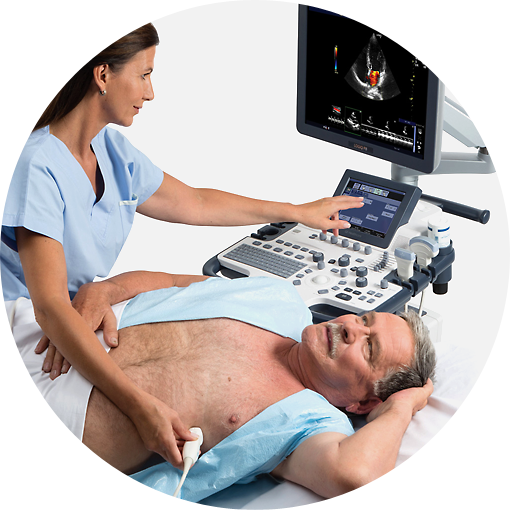Radiofrequency technology in the ENT surgery
Bipolar high frequency technology has been used in ENT medicine for many years to ensure that blood vessels are closed – during surgeries as well as in the ENT outpatients’ clinic (e.g. for epistaxis). Developments of new device features - in particular increased electric field frequency - provide new opportunities for treatment in the areas of throat, nose, pharynx and ear as a result of the precise cutting function. The electrodes are individually primed for the application and facilitate the handling of the radiofrequency surgical device with minimal tissue stress.
Apart from the precise cutting function, radio frequency technology also provides new applications in the area of coagulation: special bipolar electrodes are used to reduce the volume of the nasal concha and to stiffen the soft palate. The radio frequency energy may be stopped automatically during bipolar coagulation as soon as the required tissue resistance has been achieved.
The ATMOS® RS 221 ENT provides the new opportunities in radiofrequency surgery that are ideal for use in ENT medicine. This makes handling easier for the doctor and if applied correctly, there are fewer risks of secondary bleeding for the patient and faster wound healing.
Cutting without pressure and traction
The ATMOS®RS 221 enables highly precision cutting without pressure and traction. This results in smooth cuts which heal quickly and are much less painful. Because of lower cell damage, scarring is minimized. Alternating current with high frequency is used to deliberately cut or damage tissue for medical purposes. An Advantage of this method is the simultaneous hemostasis during cutting where the damaged tissue is sealed via the alternating current. Out-of-date is the cauterization method because of the deep burnings caused by inappropriate energy impact. Electrosurgery is widely applicable and includes many different methods like: radiosurgery, high-frequency surgery, cauterization.
Advantages
- ideal frequency “cold cut”: minimal lateral tissue damage
- precise and easy handling
- cutting without pressure and traction
- less pain and quicker wound healing
- enables initial cut
- 组织标本进行分析histologically up to the cutting edge
- less scar formation
- no skin burns due to electrosurgery
- memory function
